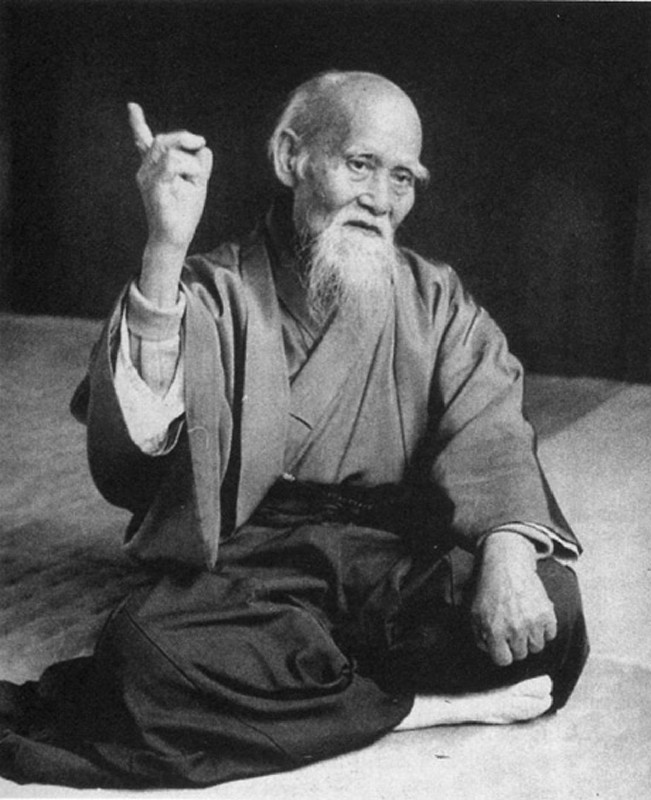This is my edited translation of a lecture entitled “To Those Who Seek Sports, Education & Character Formation Through Okinawan Karate” held in 2005 by Sakumoto Tsuguo (b. 1947), hanshi 9th dan, Ryuei-ryu.
I’m not an expert on Japanese, but here goes:
UNU Global seminar – 2005
“Sport and Physical Education – Peace, Development and Exchange”
“To Those Who Seek Sports, Education & Character Formation Through Okinawan Karate”Introduction
We are in Okinawa, the land that long ago became a bridge uniting the islands that once formed the Ryukyu Kingdom, the land that brought together Japan, China and Southeast Asian countries and fostered a culture of its own through that cultural exchange. And, in addition, became known in Europe as the kingdom of unarmed peace-loving people.
Okinawan Karate and Kobudo, a world-class system, thus has a long history, and was originally introduced from China. What once was a traditional culture is today a fusion of traditional Okinawan martial arts and other martial arts. Okinawan Karate, along with self-defense and Kobudo, aims to build respect and civility. It especially contributes to the formation of character, as a martial art that has been passed down for generations.
Today, here in “the birthplace of Karate,” I would like to speak about the character-building role of Okinawan Karate, and the international community surrounding it.
1. The Beginning of Okinawan Karate
Okinawa Prefecture is made up from smaller islands, with a beautiful natural scenery and a unique culture. In the early 12 century, various rulers emerged in Okinawa, building Gusuku (castles) to rule their villages.
Eventually three major areas, kingdoms, in Okinawa were formed. These three smaller kingdoms were later united into the Ryukyu Kingdom, in 1429. From that year on, we have had centuries of trade, relaying on neighboring countries, including China, actively working with trade. Because of this, the Rykyu Kingdom became prosperous.
At this time though, because of these treasures that were traded, a new threat emerged. Pirates and thiefs. That is why martial arts were essential. The “Wu” [martial arts] of China and Southeast Asia were brought to the Ryukyu Kingdom, were it was reflected in the art of karate, after being blended with Okinawas own historical martial art of “Ti”, according to history.
2. State of Karate in the World Today
Currently, the World Karate Federation (a body backed up by the International Olympic Committee) has 167 member countries, and it has been said that there are 40 000 000 practitioners of Karate in the world. Though Karate is not yet an official Olympic Sport, there are international competitions like the World Karate Championships and the World Games, where athletes – both men and women – compete in Kata (individual or group) and Kumite (individual or group) divided into classes.
Karate enthusiasts overseas appear to have a strong interest in technical things, history and the spiritual culture of Japan and Okinawa (etiquette, manners, Zen, Bushido).
3. Characteristics of Karate
Physical aspects
From the special Karate movements of arm and leg, using the flexor and extensor muscles, a better balance between the left and right side is achieved. Furthermore, the special breathing of Karate is said to enhance good cardiopulmonary function. In addition to this, everyone – young and old – can train Karate. It is not dependant on the strength of the practitioner. One can practice alone at anytime, anywhere, regardless of location.
Karate is suitable as a lifelong sport.
Mental aspects
When you study the kata of Karate you get a sense of confidence in achieving anything. Also, kumite enhances your interpersonal skills, respect for oneself and others, and builds the spirit. Nurturing the mind is important for both the frail and the disabled. Everyone should practice hard, improving their inner self by always continuing.
We have some sayings left by our ancestors like ” There is no initiative in Karate”, “To win with a single blow” and “Karate is done in vain if not developed with the spirit”. In addition, the language [uchina-guchi] of our old and beloved “land of propriety” says “Ichariba Choodee”: “Once we meet and talk, we are brothers and sisters“.
The spirit and heart of the peace-loving people of Okinawa is clearly expressed in this.
4. End
Okinawan Karate today is a community built by Karate enthusiast all over of the world, always engaged in the infinite pursuit of deeper knowledge. Even if there is no end. The correct attitude will soon prove succesful, and we will further promote and develop our traditional culture – “The Spirit of Harmony”.
It is important to continue our important international exchange, using Karate as a bridge to enable a lasting peace in the world.
I truly believe so.



5 Comments